How to Clean Brass and Restore It to Its Former Glory

By Sharon Brandwein
In older homes, brass may be a given for cabinet hardware and bathroom faucets. If you added brass to your home on your own, it’s probably in the form of decorative accents—a la lamps and tchotchkes and maybe a Moscow mule mug or two.
The thing about brass, though, is that it looks great—until it doesn’t. Peppered throughout your home, brass can do a lot to jazz up your decor. But trust us when we say tarnish is never a good look.
Brass naturally tarnishes over time and while it can give some pieces an organic or antique look, you either like the look of tarnished brass or you don’t. If you like your brass shiny, it will require regular maintenance, and from time to time, you’ll need to roll up your sleeves and get to work. And most methods for cleaning brass stand the test of time because they’re inexpensive, and they just work.
Ahead we take a look at a few tried and true DIY tricks to help you clean tarnished brass and restore some of your favorite items to their former glory.
Photo via Tara @ Suburble
Why Brass Gets Tarnished
Brass is a yellow alloy of copper and zinc, and like most metals, brass tends to become tarnished over time. Tarnish is essentially a dark film that develops on brass items, and it’s simply caused by the item’s exposure to air. If tarnish on brass items is not addressed early, the problem will worsen until the brass item looks almost completely black.
The good news is that while tarnish may be unsightly, it’s easily fixable. And while tarnish itself doesn’t cause permanent damage to the items, improper cleaning methods like scrubbing with abrasive cleaners can cause irreparable harm.
How to Determine if an Object Is Brass or Brass Plated
Brass plating is often used as a decorative finish to achieve the look of brass without the drawback of tarnishing. While these items may resemble brass and certainly give you the look you’re going for, they often require less upkeep, making them more attractive to most buyers.
The easiest way to determine if an object is brass or brass-plated is simply by putting a magnet on it. Magnets do not stick on brass. So if a magnet sticks to your item it is likely brass plated; if it doesn’t, then it’s probably solid brass.
Cleaning a brass-plated item is as easy as using a bit of warm soapy water and wiping it dry. However, cleaning an item made of brass will require a little more elbow grease on your part—especially if that item is tarnished.
How to Clean Brass With Ketchup
Believe it or not, the best way to clean brass may be a DIY approach using household staples you likely have on hand already. While these methods are fantastically cheap, they’re also quite effective. In most cases, the luster of your favorite brass items can be restored in under one hour. Here’s a look at five ways to clean tarnished brass.
Courtesy of the mild acids found in tomatoes, ketchup is perhaps one of the quickest and easiest ways to restore brass items to their former glory.
Tools and Materials Needed:
- Ketchup
- Damp cloth
To get started, squeeze a dollop of ketchup onto the brass item and let it sit—there’s really no need for elbow grease here. After a few minutes, wipe the item clean with a damp cloth. For stubborn spots, you can let the ketchup sit for up to an hour or simply repeat the process.
How to Clean Brass With Vinegar
With this method, a few pantry staples come together to restore the brilliant shine on brass items — and it couldn't be easier.
Tools and Materials Needed:
- Medium sized-bowl
- 1 teaspoon salt
- ½ cup vinegar
- Flour (approximately 2 tablespoons)
- Clean cloth
Step 1: Make Cleaning Mixture
Add ½ cup of vinegar and one teaspoon of salt to a medium-sized bowl and stir until dissolved. Sprinkle in the flour until the mixture forms a paste.
Step 2: Apply Mixture to Brass
Dab the paste onto your brass piece and let it sit for about 10 minutes.
Step 3: Rinse and Dry
Rinse with water and dry the item with a clean cloth.
How to Clean Brass With Lemon
Lemon and baking soda are great household helpers, but when they come together to clean tarnished brass, the results are brilliant.
Tools and Materials Needed:
- Medium-sized bowl
- Lemon
- 1 teaspoon baking soda
- Clean cloth
Step 1: Make Cleaning Mixture
In a medium-sized mixing bowl, combine the juice of 1/2 a lemon with one teaspoon baking soda to form a paste.
Step 2: Apply Mixture to Brass
Using a soft cloth, apply the paste to your brass item and gently work it in.
Step 3: Rinse and Wipe Dry
Once you’ve achieved your desired results, rinse off any excess and wipe dry.
If you’re up against some stubborn spots, you can repeat the process as necessary. To clean heavily corroded brass, leave the paste on for about 30 minutes and then buff with a clean cloth.
How to Clean Brass With Toothpaste
The next time you need to clean a brass item, the answer might be only as far as your bathroom. For cleaning brass, though, you’ll want to skip the gel formulas as it’s the grittiness of plain old toothpaste that seems to do the trick. While abrasives are generally not recommended, toothpaste only contains mild abrasives like mica and silica, so it’s abrasive enough to be effective, but not so much that it will damage your item. It’s safe enough for your pearly whites, right?
Tools and Materials Needed:
- Toothpaste
- Clean cloth
Apply a small amount of toothpaste to your brass item and let it sit for a few minutes. Rinse with cold water and dry the item with a clean cloth.
Commercial Brass Cleaners
If you’re not in a DIY mood, or you just don’t have the time to hit your brass with some elbow grease, there are plenty of commercial brass cleaners on the market that can do the job just as easily. These products essentially whittle down multiple steps for cleaning brass to one or two steps. So, if you’re pressed for time, commercial brass cleaners might be more advantageous. Here are two highly-rated options you might consider:
Brasso: Perfect for all types of metal finishes in your home, including brass, Brasso is a three-in-one solution for tackling tarnish. Not only does it clean and polish your brass items, but it also leaves behind a protective coating that prevents future tarnishing. To use, soak a clean cloth with Brasso and rub thoroughly onto brass surfaces; once you’ve worked the formula in, buff again with a clean cloth.
Wright’s Copper and Brass Cream Cleaner: Ideal for copper mugs, pots, pans, and brass items around your home, Wright’s Copper and Brass Cream Cleaner is a mild, non-abrasive formula that restores the luster of brass items without ruining the surface. It also leaves behind a protective coating that delays and prevents tarnish from recurring. Apply the cleaner to your brass item with a sponge or clean cloth. Rinse with water, dry, and buff using a clean, soft cloth.
What to Avoid When Cleaning Brass
Aside from a little chemistry and a little sweat, it’s fairly easy to clean tarnished brass. Just grab a few items out of the pantry, and you’re in business. But while it’s relatively easy to clean brass, there are a few things you should be mindful of when doing so.
- Avoid using abrasive scrubs, steel wool, or metal brushes. These items will scratch the surface of your brass, and in many cases, the damage can be irreparable.
- If this is your first time cleaning tarnished brass, it may be best not to jump in feet first. Whether you’re using a natural brass cleaning method or a commercial brass cleaner, it’s always best to try a test patch in a small inconspicuous area before applying any type of cleaner over large swathes of your item. This way, if something goes wrong, your item is not completely damaged.
Photo via Phoenix Restoration
How to Prevent Brass From Tarnishing
The only thing you can do to prevent brass items from tarnishing is to apply a sealant that prevents the air from ever reaching the brass in the first place.
To that end, a thin coating of mineral oil or linseed oil should do the trick. After cleaning your brass items and restoring them to their original brass finish, use a soft terry towel to apply the protective oils.
It’s also worth mentioning that commercial brass cleaners also leave a protective coating on brass items to keep tarnish at bay.
Tips for Difficult Cases
If none of the above cleaning tips work for your brass items, you may have another go at it using the same tools and materials with one notable addition—time. Very often, these DIY methods (particularly the ones that make a paste) will work if you go back for a second treatment and let the paste sit for 30 minutes to an hour. When the timer is up, rinse accordingly and wipe dry. If your extra elbow grease doesn’t work, then it may be time to call in a professional.
If you need to restore expensive items, antiques, or items like lamps where wiring is involved, it may be best to skip the DIY and take those types of pieces to a professional.
Do you have any great ideas for how to clean brass? Comment below—we’d love to hear them!
Enjoyed the project?
Comments
Join the conversation
-
 William
on Oct 06, 2021
William
on Oct 06, 2021
Lots of great tips. Letting toothpaste just sit on the brass will not do anything. White toothpaste has fine marble powder as an abrasive.
Ketchup does work on copper and brass. I sell a lot of items on Ebay. Polishes like Wrights and Brasso tend to remove some of the metal. I know from polishing belt buckles and medals in R.O.T.C. and U.S. Air Force. Over time the brass wore off and the base metal came through. I use white toothpaste (not gel) and a damp toothbrush. A dab of toothpaste on the brush and gently brush letting it foam up. Wipe off. For large items I use a damp cloth. Also works on copper, silver, gold, porcelain, ceramics, sneakers, plastics, etc. For my sales I needed one product for cleaning everything.
-



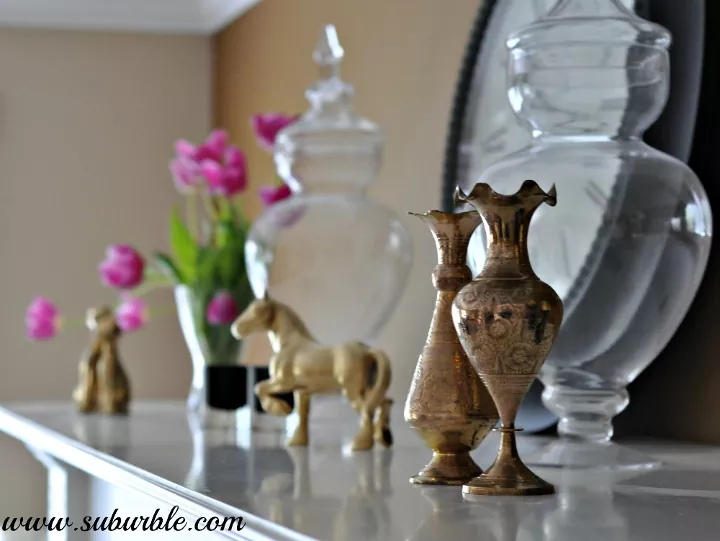



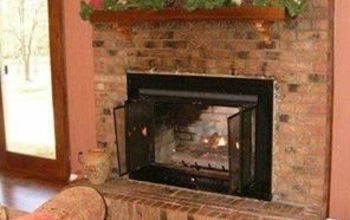

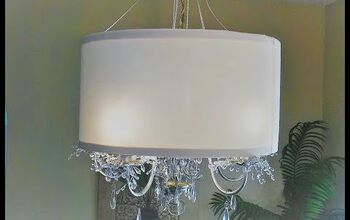
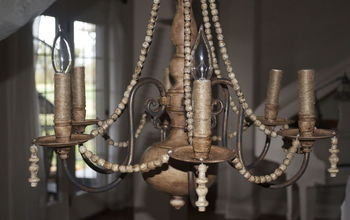

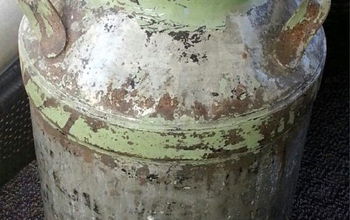
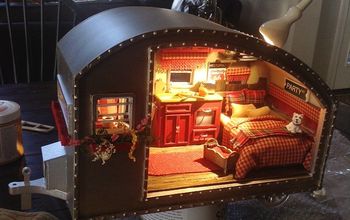


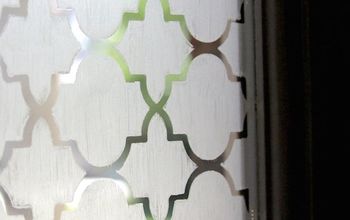

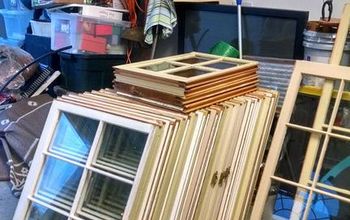
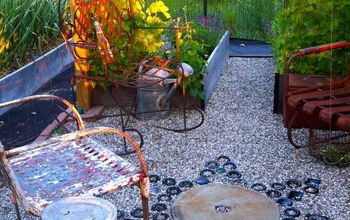






Frequently asked questions
Have a question about this project?